Water Cherenkov Detector Array at Large High Altitude Air Shower Observatory Now in Operation
Construction on the Water Cherenkov Detector Array (WCDA) at the Large High Altitude Air Shower Observatory (LHAASO) has been completed and the array is now in operation as of the beginning of 2021, according to the Institute of High Energy Physics (IHEP) of the Chinese Academy of Sciences. LHAASO is one of the country's S&T infrastructure mega projects.
Water in the WCDA's last pond has now reached its design level of 4.3 meters after being filled over a period of two months that ended after the New Year's break. Now, all three ponds at the WCDA are completely operational. This is the first of four major component arrays at LHAASO to be finished. LHAASO is located in Daocheng, Sichuan, China at 4410 m above sea level. It comprises an array of 5242 electromagnetic detectors and 1188 muon detectors, an array of 18 wide field-of-view Cherenkov telescopes, and the WCDA. LHAASO combines multiple cosmic ray detection technologies for exploring the origin of cosmic rays. It is well-suited for all-sky surveying for gamma ray sources due to its unprecedented sensitivity, particularly at gamma ray energies above 10 TeV. It can also serve as a charged cosmic ray detector covering the energy range from 1014 eV to 1018 eV.
The WCDA consists of two ponds measuring 150 m x 150 m (#1 and #2) and one measuring 300 m x 110 m (#3), for a total area of 78,000 m2. The whole array has 3120 detector units equipped with 6240 photo sensors, namely photomultiplier tubes (PMT). Construction began in June 2017 and detector deployment was completed in October 2020. Pond #1 commenced scientific operation in April 2019 and pond #2 in November 2019.
The ponds were filled with 350,000 tons of clean water during the winters of 2018-2020 due to construction scheduling and better water quality in winter. The warmer seasons were reserved for concrete polling, construction of the steel structure and roof, and detector deployment. The project faced huge difficulties due to the need to keep the ~1 km-long pipelines from freezing at -20° Celsius at night as well as a lack of water during the dry winters. People in charge of operations made tremendous efforts to ensure a smooth process of water production and filling over a total of 3000 hours. Deployment teams from IHEP, the University of Science and Technology, Sichuan University, Shandong University, Tsinghua University and the National Space Science Center successfully completed the job by overcoming problems such as a lack of oxygen, coldness and heavy humidity in the ponds.
In order to respond to strong progress in multi-messenger astronomy in recent years, the design for the WCDA was modified. The original design, which called for traditional 8-inch PMTs, was replaced with newly developed 20-inch PMTs. Therefore, the WCDA's sensitivity to photons at energies between 50 GeV and 500 GeV (1 GeV = 109 electron-volt) has been greatly enhanced. This means that the effective area and sensitivity are four and six times better, respectively, than similar existing instruments.
With this lower threshold, the WCDA enables detection of many sources inside and outside our galaxy, including gamma ray bursts (GRB), fast radio bursts (FRB), blazars and even electromagnetic counterparts of gravitational waves. Many interesting observational studies on these transient phenomena are expected with the smooth operation of the WCDA in the near future. Moreover, in combination with the 1 km2 scintillator and muon counter arrays that surround the WCDA, LHAASO can measure gamma ray photons from galactic sources that span four orders of magnitude from 1011 eV to 1015 eV. In this way, the WCDA plays an essential role in the attempt to unravel the mystery of the origin of ultra-high energy cosmic rays and the mechanism of ultra-high energy radiation from cosmic ray sources.
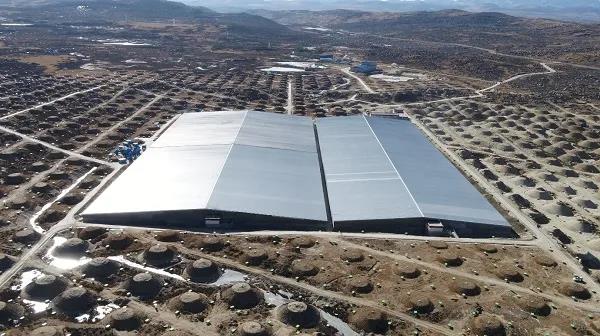
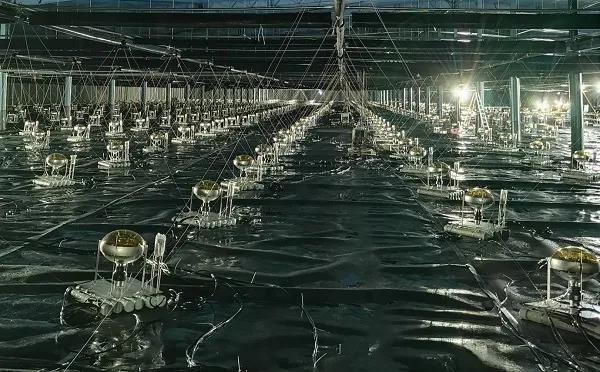
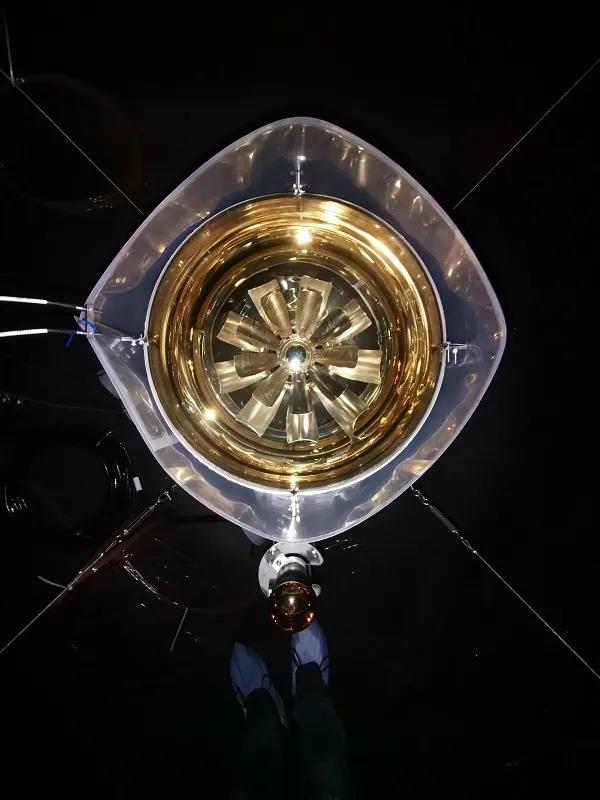
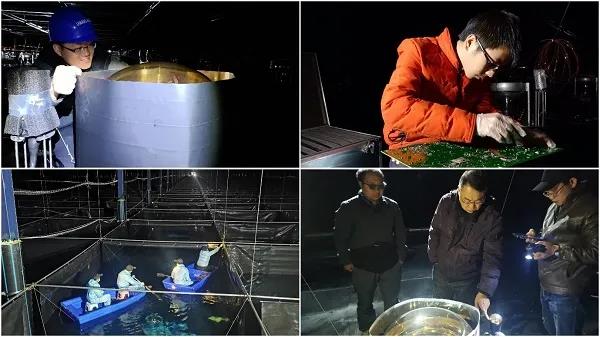
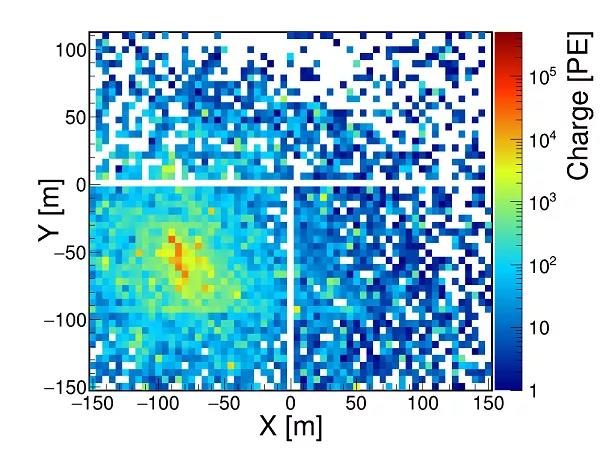
Contact Information
Mr. GUO Lijun
ljguo@ihep.ac.cn